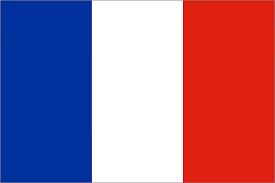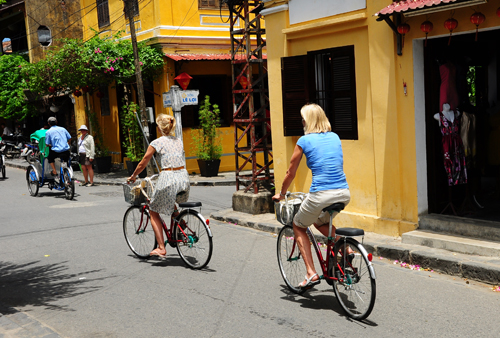Bagan
Bagan (or Pagan) is an ancient city that was the capital of the first Burmese empire. It is located in the dry central plains of the country, on the eastern bank of the Irrawaddy (or Ayeyarwaddy) River. As the heart of Burma during ancient times, Bagan serves as home to temples and buildings built from the 11th century to the 13th century. There are more than 2,000 pagodas and temples to be found, most of which were built by the ancient kings and leaders of Burma.
Among all the cities in Myanmar, Bagan is the most ideal destination for tourists to visit regardless of the time of the year. Unlike cities in the lower part of Myanmar, Bagan does not experience a rainy season and it is the perfect climate of Bagan that enables tourists to discover and explore the ancient city with ease all year round.
Bagan may be an old city, but it does offer something fresh to its visitors. There are many contemporary hotels and establishments for the modern adventurer.
The photographs illustrate the following temples:
- Ananda Temple. This temple was completed in 1091 A.D. by King Kyanzittha. It is modeled after the legendary Nandamula cave in the Himalaya mountains. Soaring to 51 meters, it received its golden gilding in 1990 in commemeration of the 900th anniversary of its construction. Contained within the temple are four great statues of the Buddhas of the four ages. Kakusandha faces north, Konagamana faces east, Kassapa faces south, and Guatama, the most recent Buddha, faces west.
- Gawdawpalin, built in the 12th century by King Narapatisithu, the 60 meter temple was badly damaged in a 1975 earthquake but has been completely reconstructed.
- Dhammayangyi, the largest temple in Bagan, it was built by King Narathu who reigned from 1167 to 1170.
- Shwesandaw, built in 1057 by King Anawahta, the stupa enshrines hairs of the Buddha. It is sometimes called the Ganesh Temple after the elephant headed Hindu god whose images once stood at corners of each of the five terraces.
- Mahabodhi, this temple is an exact, though smaller, replica of the famous Bodhi temple in Bodh Gaya, India (where the Buddha attained enlightenment beneath the Bodhi tree). It was built during the reign of King Nantaungmya (1210-1234) and is completely covered with niches containing seated Buddha figures.
- Shwezigon, this pagoda was built as the most important reliquary shrine in Bagan. Begun by King Anawrahta and completed by King Kyanzittha in 1089, it contains several bones and hairs of the Buddha. Pilgrims from throughout Burma journey to Shwezigon each year for a great festival during the Burmese month of Nadaw, which falls in the November-December period. This festival is hugely popular because elements of pre-Buddhist Nat worship (Nats are pagan anamistic spirits) were combined with Buddhist themes in the pagoda’s construction. Shwezigon is thus a center of pilgrimage for both the archaic shamanic culture of Burma and the newer religion of Buddhism.

 French
French
 English
English





